Research (Tomihiko Higuchi)
Estimating environmental history of Chub mackerel, Horse mackerel and Walleye pollock using otolith oxygen isotope analysis
Despite Chub mackerel, Horse mackerel and Walleye pollock seeming like they share nothing in common, they all interestingly choose areas around islands as habitats, where there is radical mixing of seawater due to tidal waves crashing on complex bathymetry.
Chub makerel spawn around the Izu islands, and Horse mackerel is known to produce a large spawning ground in East China Sea surrounded by southwest islands. Walleye pollock similarly spawn around Kuril islands off the northeast of Hokkaido.
Tidal forces are known to oscillate with a 18.6 years cycle, which possibly has an impact on marine resources.
Based on this hypothesis, otolith oxygen isotope analysis are performed on Chub mackerel, Horse mackerel and Walleye pollock to seek whether the tidal cycle has an effect on their environmental histories.
Otolith oxygen stable isotope ratios depend on its concentration and the temperature of ambient seawater. Therefore, we can figure out the temperature history of the fish once we eliminate the effect of the concentration in seawater.
This research is conducted in cooperation with Japan Fisheries Research and Education Agency (FRA) and National Institude of Technology, Ibaraki College under OMIX project.
|
1. Otolith samples provided by FRA. We ususally decide analysis methods based on the size and the type of resin used for embedding. 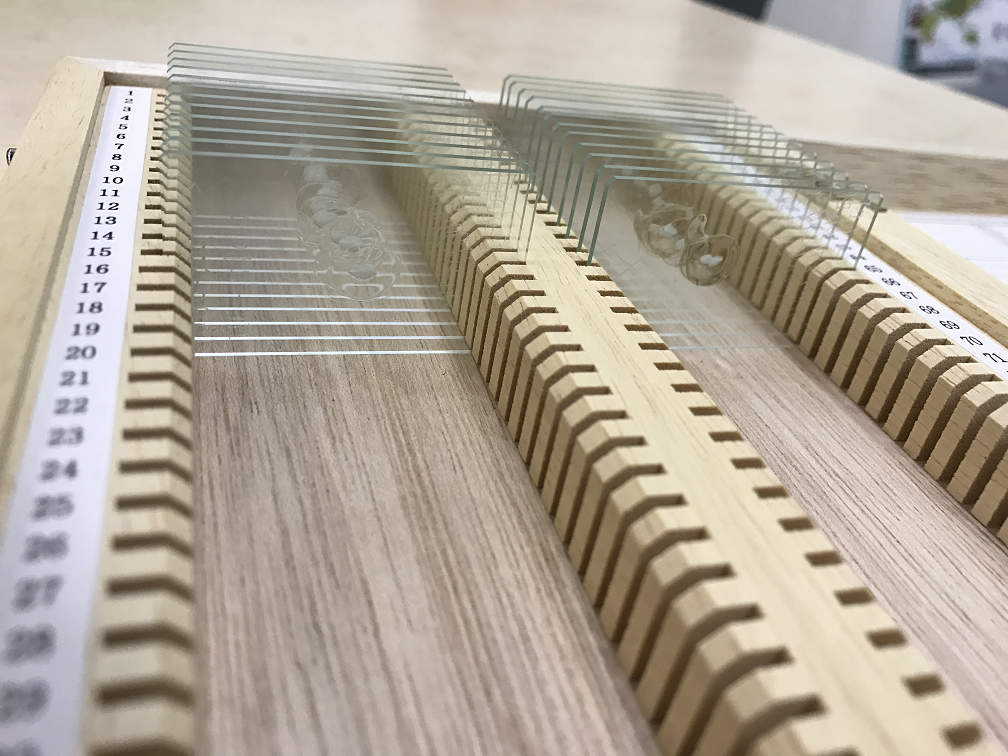 |
2. Otolith of juvenille horse mackerel. They produce one ring per day. 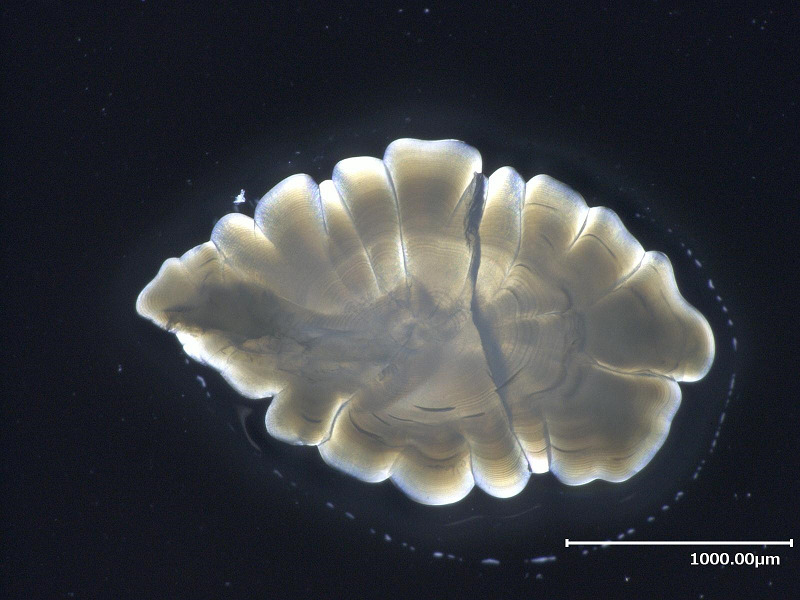 |
3. Otolith of juvenille chub mackerel. They produce one ring per day. 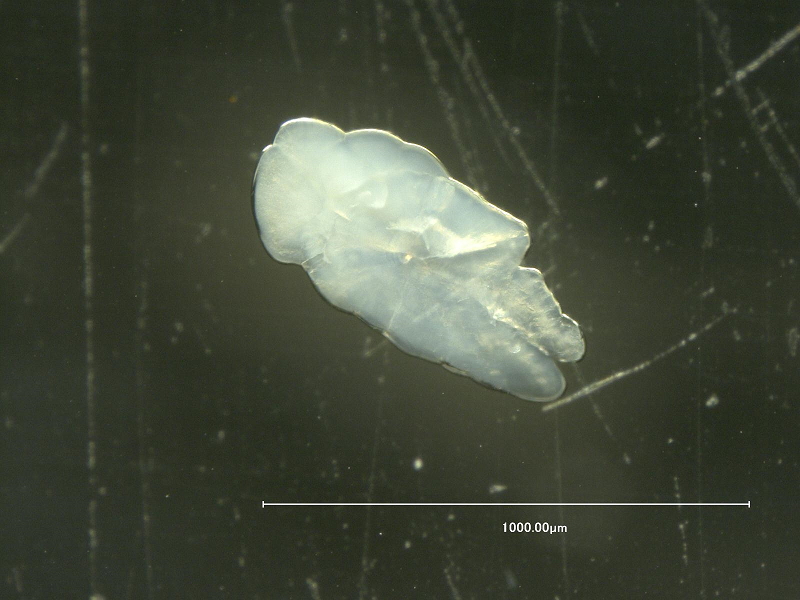 |
4. Delta-V, which is used to measure otolith carbon and oxygen isotope ratios of various fishes.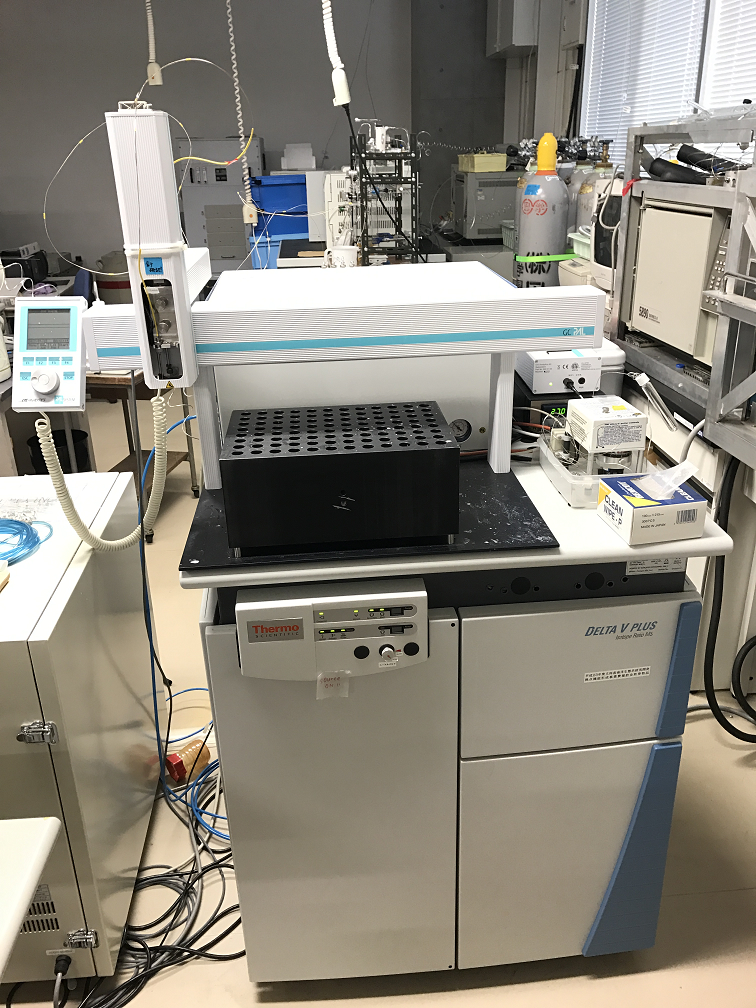 |
5. Isotope ratios are measured from 20-200 (short tube) and 50-500 µg (long tube) of otoliths, with precision being <0.15‰.  |
6. Juvenille otolith with a diameter of 400 µm(0.4mm). Analysis is done carefully under a microscope as some of the samples are really tiny. 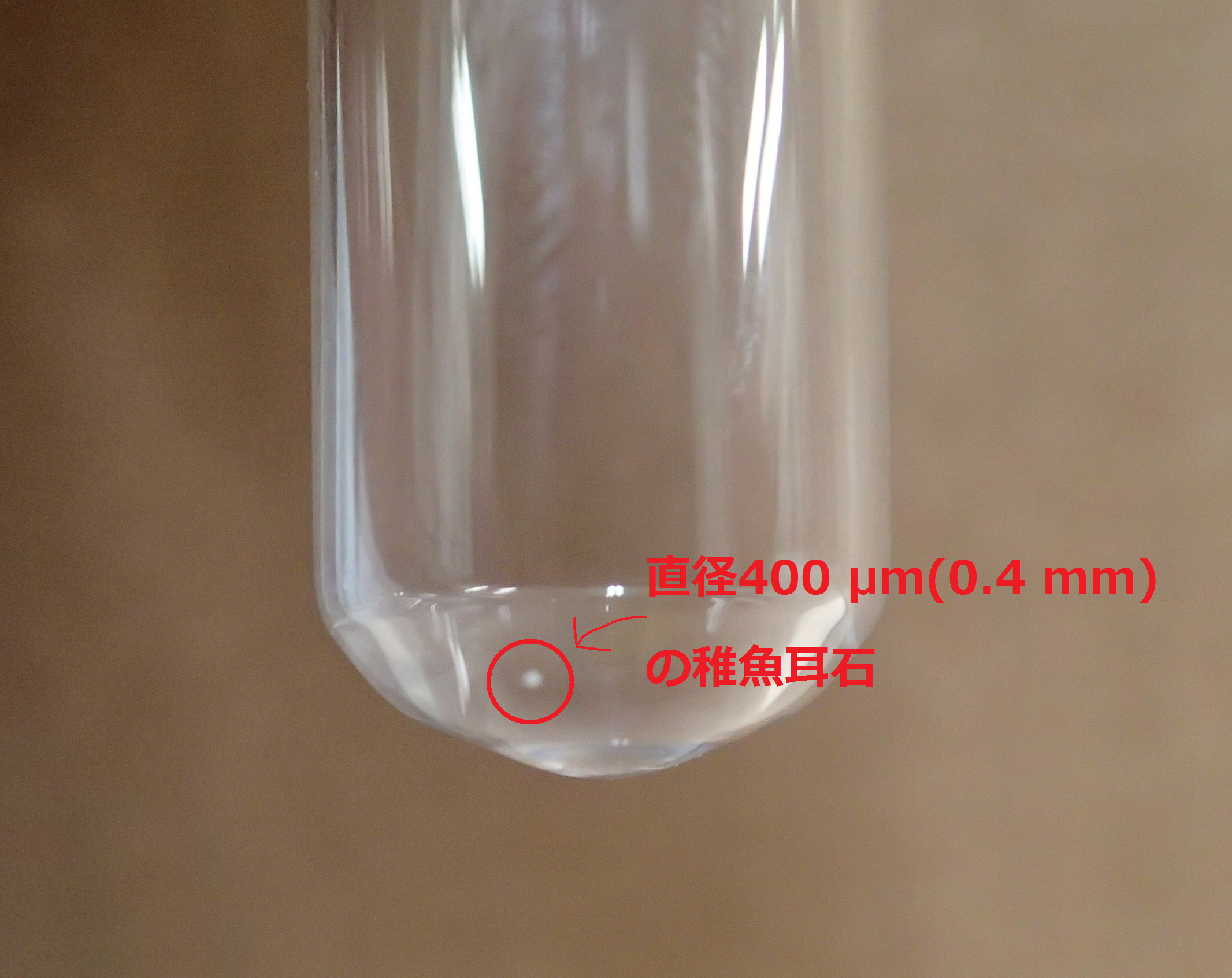 |
|
7. Since it is not possible to measure the isotope ratios directly from the otolith samples, they are first reacted with phosphoric acid to produce carbon dioxide. Oxygen stable isotope ratio of the produced gas is measured subsequently.  |
8. Picarro 2120-i, which is useful in measuring oxygen isotope ratio of seawater. It allows measurments of very small amount from 5 µL(5/1000 mL)~, with precision being <0.1‰. 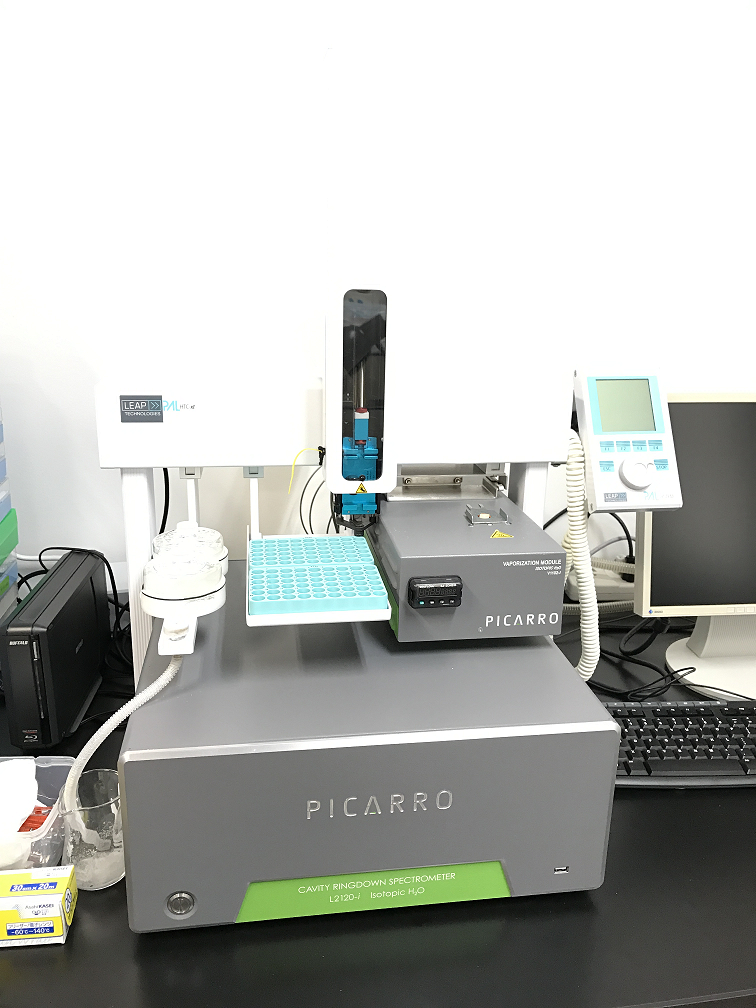 |
9. Seawater is filtered in prior to the isotopic analysis. Oxygen isotope ratio of seawater is generally dependent on salinity. Therefore, temperature history of fishes can be determined by excluding the effect of oxygen stable isotope ratio in seawater from that of otoliths. 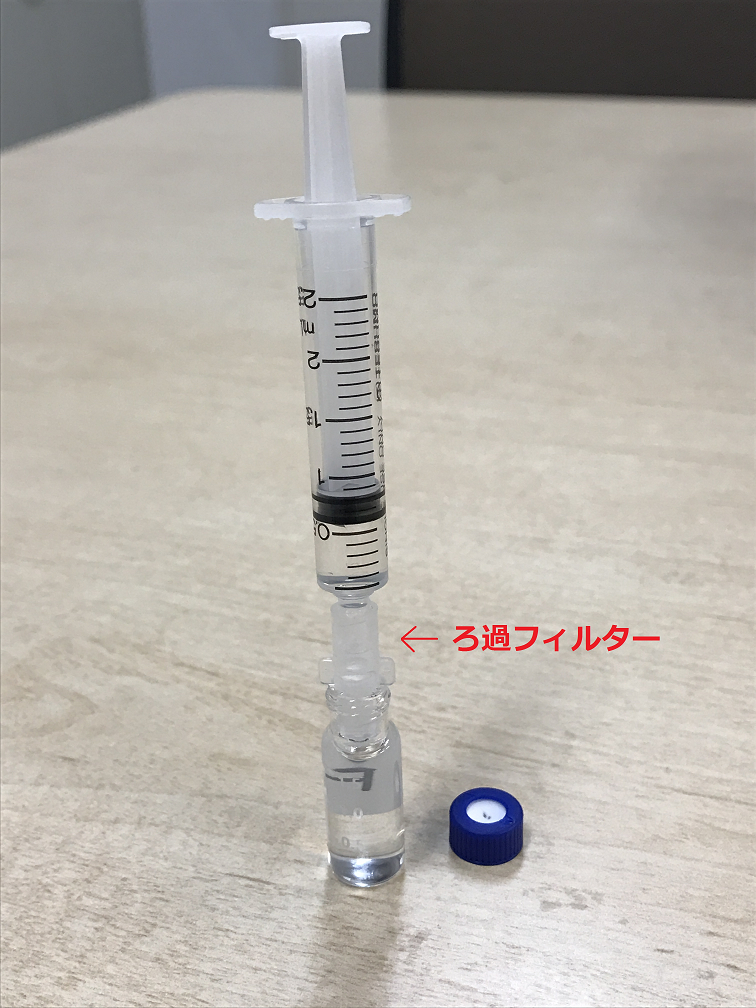 |
